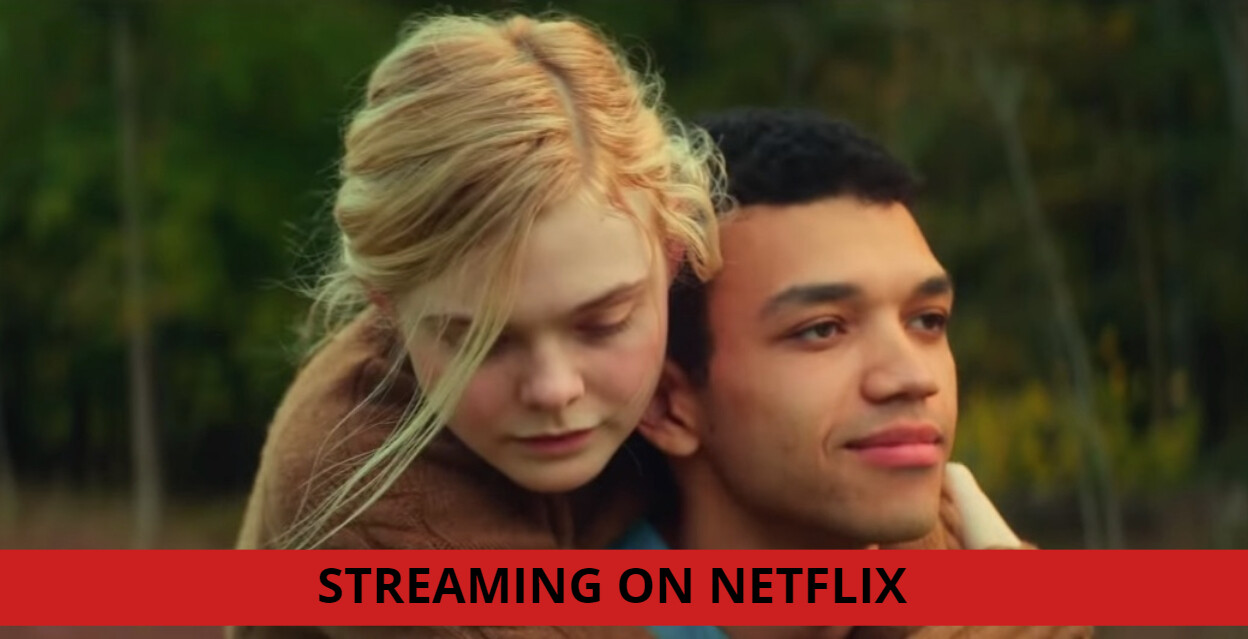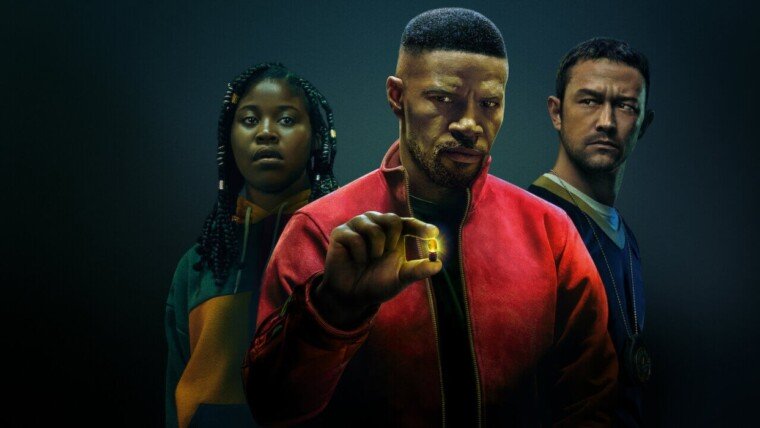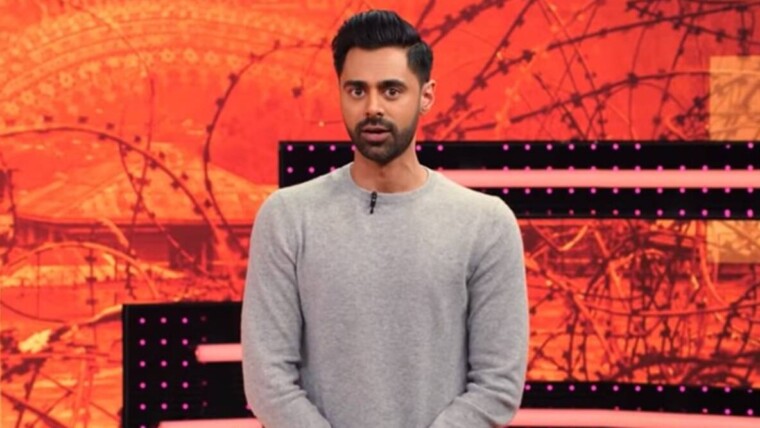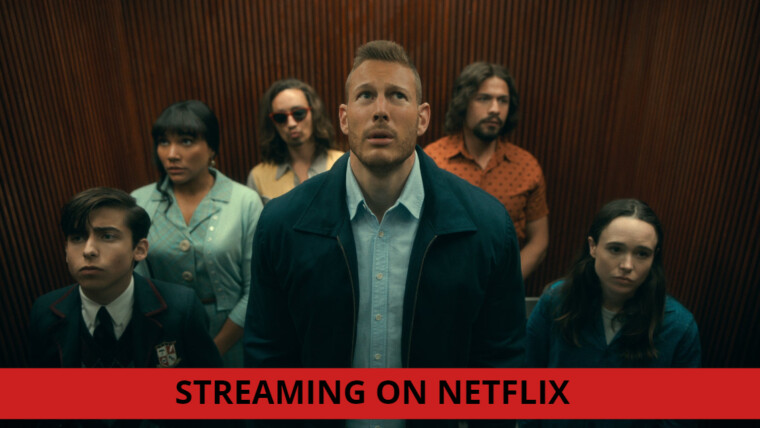This review of All the Bright Places contains minor spoilers.
“There’s beauty in the most unexpected of places. And that there are bright places, even in dark times. And if there isn’t, you can be that bright place, with infinite capacities.”
If the above isn’t drawn out of The Perks of Being A Wallflower or something of the same energy, I don’t know what is.
We’ve seen a couple of these films before, especially in the YA format. Remember Ansel Elgort and Shailene Woodley’s grave romance in The Fault In Our Stars? How two ill patients fell for each other with them taking sweet trips to the stars before its solemn ending ripping audiences’ bosoms apart? Yeah. That’s the kind of YA trip I’m talking about. So, the question lies herein: how does All The Bright Places vary from the rest of the pack?
All The Bright Places is directed by Brett Haley and is based on a 2015 novel of the same name by Jennifer Niven. The film was released in March of 2020 on the streaming platform, Netflix. With an adapted screenplay from the author herself, the narrative focuses on a pair of damaged teenagers who at their lowest points, go on a journey together to find the bright places that life has to offer.
The film opens with the buzzy synth-pop of Claire George’s Where Do You Go as we are introduced to Justice Smith’s (Jurassic World: Fallen Kingdom, Pokemon: Detective Pikachu) sweatshirt-and-trainers clad Theodore Finch. As he jogs down an unfrequented path with the leaden hues of dawn by his side, he stumbles upon a sight which halts him right in his tracks. There is a lone figure edging precariously over the ledge ahead. He calls out to the blonde, inadvertently startling her still frame as she turns to face him. Theodore recognises her as Violet Markey, one of the girls from his class. He attempts to bring her down from her position to no avail and as such jumps up onto the ledge to accompany her, telling her that she is not alone, as their eventual holding of hands sparks a new journey of friendship.
Finch’s encounter with Violet, played by Elle Fanning (Maleficent: Mistress of Evil, Teen Spirit) sparks a certain interest, curiosity and drive within him as he tries to get to know the person he saved. Eventually, Theodore obtains his opportunity when his class is assigned to a paired excursion assignment, during which a pair of classmates must go on two outdoor trips together and write a report about their trips within the state of Indiana. Thus, the mission for rejuvenation commences.
Now, the film itself may look like a teensy bright romantic feature from its title but it really… truly is not. Instead, the inverse is employed with themes of depression, survivor’s guilt, childhood abuse, trauma, etc. making up the building blocks of our main protagonists. Theodore Finch is frowned upon by his classmates for his eccentric behaviour. Violet, on the other hand, possesses guilt for the death of her sister, Eleanor, and as such, digs up a deep hole into which she crawls up into her safe space, essentially shutting her friends and family out of her life.
One thing that’s good about the Finch-Markey relationship is that it allows for an exploration of these flawed personalities, both individually and together. They, at their very core, have been broken and fragmented and it’s great that there is an expression of these real-life issues. Even though the pair are essentially rebuilding themselves, the sense of despair and hurt is very much felt within these characters. While Violet Markey may outrightly stand as the distressed figure in need of emotional preservation, it is Smith’s character that becomes trickier to decipher. He may be the one who’s always planning, seemingly in control of the situation, but inside, he’s battling his own demons.

Their excursions are manically induced trips across Indiana, bringing the biggest smiles with the smallest locations. They’re not fanciful but become significant for the couple. Each spot visited is a step up from the last as Violet gradually climbs out of the hole, her pale cheeks eventually flushing with colour with every triumph. The same can be said for Finch as he unravels his spool, the threads of this burdened character eventually displaying the ugly and unpolished side of his personality. Somehow, the scales of their relationship balance out each other as Violet’s rise to normalcy is juxtaposed to Finch’s devolution to a place where darkness manifests.
Theodore Finch is established early on as a troublemaker with his direct demeanour making him the class “freak”. His truancy from school also poses a danger to his studies, placing him in a probationary position which would lead to him not graduating high school. He has a wall dotted with a whole spectrum of post-it notes which showcase his organisational behaviour, helping him keep in control. However, the lack of a parental figure is apparent as he only lives with his elder sister played by Alexandra Shipp (X-Men: Apocalypse, Shaft). He disappears when he gets into dark moods, something that is acknowledged as a common occurrence by his associates. This gives him a whole lot of unpredictability within the narrative, as it also becomes a cause of concern and conflict for his relationship with Violet.
Nevertheless, I can’t say that everything about how the story progresses and how the relationship develops makes sense. Disclaimer: I am unable to judge how this particular adaptation holds up to the source because I have never read the book itself. As such, I am purely assessing this piece from the viewpoint of a film. Nevertheless, it is easy to notice certain issues that appear within the film’s narrative due to the lack of context that may otherwise have existed within the book itself. Some things tend to be implied as if the audience knows what is happening. Certain developments feel so out of left-field, forced, or probably ironic due to what a character might have said one or two scenes earlier. Take, for example, Theodore and Violet’s first kiss. It’s weirdly out of place, considering the dialogue that had been set up prior and could even be seen as a forcing of someone onto another person. Besides, the time jumps do get a little disorienting at times as they can create a rift in the pacing. Basically, it’s a problem that is common with a lot of novel-to-film adaptations in which a whole lot of descriptive filler would have to be redesigned to fit the plot, sometimes for better, but many a time, for worse.

On another note, I do think that some of the heavier aspects, while having a significant role in this film, do not get their due as they are regularly glazed over. Hence, it never actually bores into its own depth. Mental health is a significant issue in this film, but somehow its portrayal is not much of an investment from the filmmakers themselves. A lot of it is implied, but the dirt and grit of it sometimes never makes the light of day.
OK. Enough of the negatives because that’s all the grievances I had about it. Instead, we’re turning 180 to peer at an aspect that stood out. Indeed, it’s what truly made the film for me… and that is the performances of the young couple. Justice Smith and Elle Fanning were really great in their roles. Both were able to command their angst and emotion with such variability. The dulled scowls they make, the quirks both of them possess, these were portrayed with a great amount of detail in their visages. In the case of the latter performer, she absolutely kills it during the climax. It was the moment I went “Holy cow, Fanning is phenomenal!” as her emotional gravitas shot right through the roof. The chemistry between these two is also convincing (except for some unfortunate moments where the plot decides to wander) and is a joy to follow.
I do think the cinematography here is pretty good as well. There’s a decent to good use of lingering imagery to tell a story visually. Rob C. Givens has put some commendable effort into making sure that there is a particular amount of beauty to be captured, be it warm or dark. The various locations where the pair visit is given a life, providing notable impacts to the viewer throughout the film. There’s a shoe-tree scene which stands out due to how the frames were placed, delivering a sense of immersion through the eyes of our awestruck pair from the hanging laces in the twigs.

Moreover, the musical compositions also help elevate the tones of the film. Keegan DeWitt’s score is a wispy bunch of strings, adeptly accompanying the scenes with ease. The bright and the dark are both represented well as they interpolate with each other throughout the movie. It also does help to have a decent mix of a teen bop synthetic soundtrack at times although it’s a conventional element in almost every YA film nowadays. One particular segment had me following along to NONONO’s reggae-infused Pumpin’ Blood beats as both Fanning and Smith’s characters experience cathartic breakthroughs to conclude the first act.
To summarise, All The Bright Places is a passably good effort by director Brett Haley with standout performances and some brilliant technical nuggets. Of course, it’s not all fine and dandy narrative-wise and it does play out to certain YA-adaptation tropes but Smith and Fanning’s pure electrifying on-screen chemistry make it worth a watch. From the high points of Hoosier Hill and the lowest of the Blue Hole, it’s a lesson on life’s grit and human nature. The dark and light are evenly distributed within the characters as they struggle to find themselves. It is the guidance that both offer each other that ultimately makes it all worth the while proving that they are indeed of infinite capacities.






